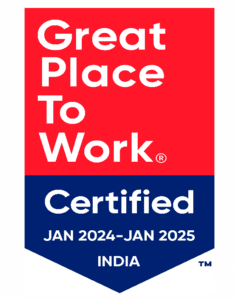A global software company had completed several acquisitions in a single year and needed to demonstrate immediate brand integration to its customers as well as its public investors. The first key initiative was to bring all the legacy users under a single customer service umbrella. Both the financial and the customer communities at large expected this to happen in an expedited manner as a key indicator of integration success. Therefore, SDG was chartered with:
- Integrating the acquired customer service systems as quickly as possible
- Providing a seamless service experience using existing infrastructure
- Expediting the integrated brand alignment time to market





